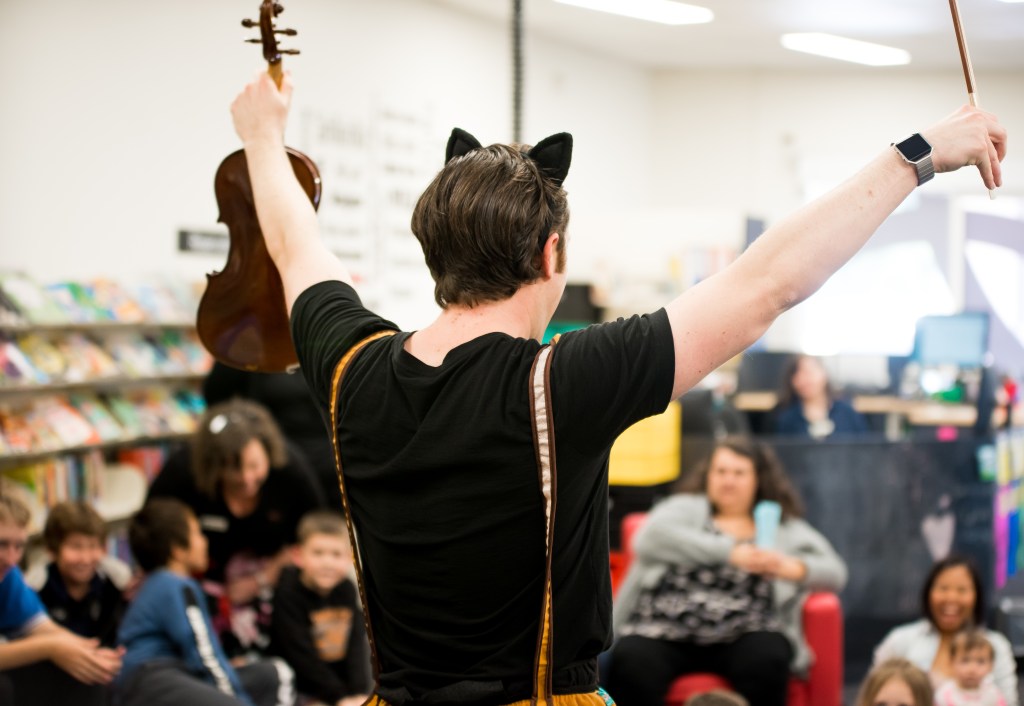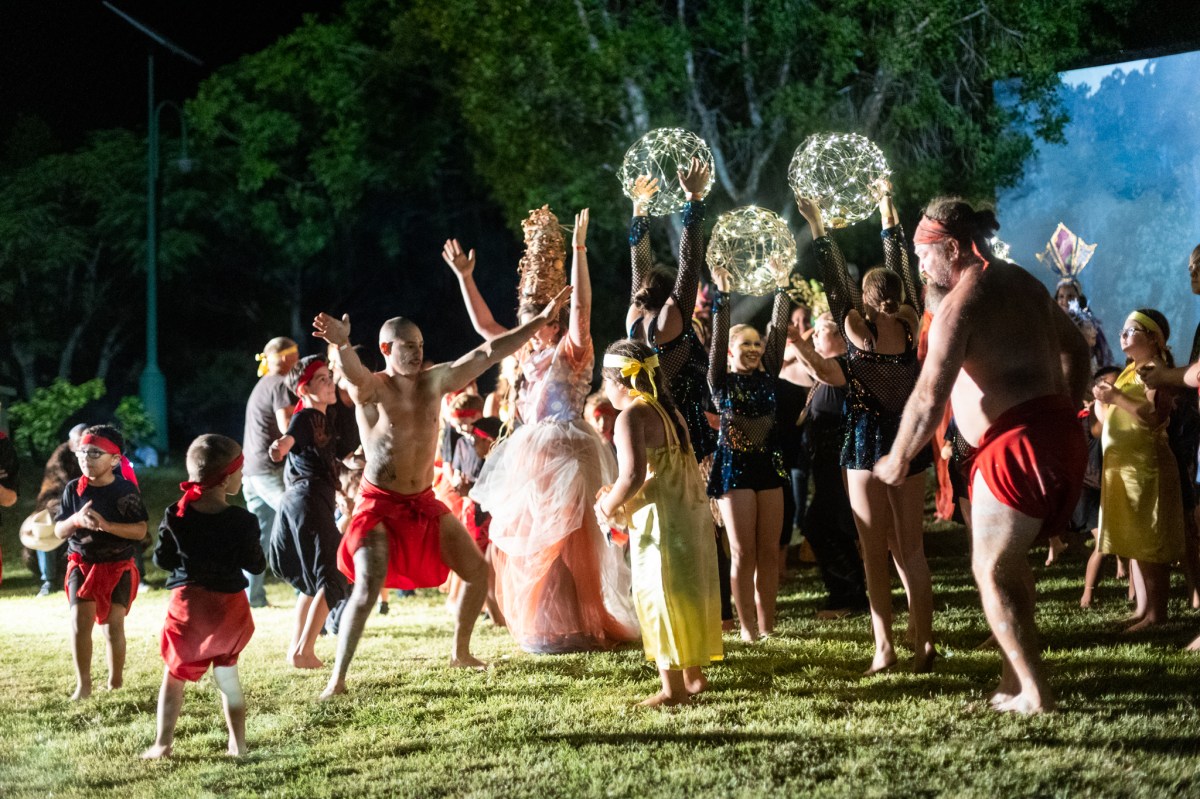From Birdsville to Brisbane and Weipa to Warwick, regional Queensland is as large as it is geographically diverse – making a one-size fits all approach to regional arts development almost impossible.
Recognising that the communities of each region differ, as do their needs, the Regional Arts Services Network (RASN) was established in 2018 to stimulate creative capacity and connect artists and arts organisations across regional Queensland.
In doing so, RASN’s network of dedicated service providers foster opportunities to tell uniquely Queensland stories while simultaneously strengthening connections with audiences across the state.
‘Currently, Queensland has been broken down into eight different networks – eight different regions across Queensland. And over the last three years we’ve very much been led by local people within those regions, delivering projects that are what people want to see in their region and which are relevant to their region particularly,’ explained Michelle Blair, the Regional Arts Officer for South-West Queensland.
Blair, who works out of RASN’s State Coordination Office at Empire Theatres in Toowoomba, said that the requirements of each region can differ dramatically.
‘For the South West Region, for example, we definitely took on the approach that it was actually about building capacity within local towns and within local communities. We wanted to ensure artists who actually lived in this region were being supported and developed so they could continue to live here and continue to keep giving back to their community,’ she told ArtsHub.
Elsewhere, Regional Arts Officers might take on more of a producing role, still assisting with capacity-building but primarily focused on a more hands-on approach.
‘It all comes down to the size of the region,’ Blair said. ‘As you can imagine, going from a very densely populated area like the Sunshine Coast all the way out west to the Blackall-Tambo region, there’s very different needs being addressed. And because we are local, we can actually have those conversations and find projects that actually work best for those regions,’ she said.
DEVELOPING DIVERSE ARTISTIC OUTCOMES
The Regional Arts Services Network’s approach to increasing arts engagement in regional Queensland has seen a diverse range of projects initiated since RASN was established in 2018, including a strong focus on cultural tourism and numerous live music events.
‘Just in the last 12 months, for instance, the Sunshine Coast, Noosa, Gympie and Redlands region saw the presentation of the Live and Local program, which was all about capacity development from a local music perspective,’ Blair explained.
‘There were a range of professional development opportunities as part of that program, but then there were also micro-festivals in each of those regions, where local performers got an opportunity to perform – either in venues that they’d never connected with before or in venues that had never actually put on live music previously.’

Nor are such programs focused on artists and audiences alone. Instead, they help foster a long-term future for live music in the regions through a multi-tiered approach.
‘The Live and Local program is also about helping those local councils develop policy and procedure that actually supports and helps develop the music industry in those regions,’ Blair said.
Other projects supported by RASN have had a strong focus on achieving strong artistic outcomes.
‘I worked with a fantastic group based out of the Surat Aboriginal Corporation, out in the Maranoa region, who wanted to develop an Indigenous cultural festival, a first of its kind for that far west region. It was based off the Southwest Indigenous Cultural Trail, which goes from Dirranbandi through St. George, Surat, Roma, Charleville and Cunamulla, so it brings all those communities together,’ Blair said.
‘They put on a fantastic showcase in September and RASN worked with them by helping them gain access to producers who could actually help do some developmental work with the performers, so that when it came to performing at the event, they had a high quality product to share.’
BUILDING FOR THE FUTURE
Between 2018 and 2020, RASN supported over 220 regional arts projects across the state, creating 1,189 employment opportunities for artists, 16% of whom are Aboriginal and Torres Strait Islander artists.
In financial terms, over $1.16 million has been paid directly to artists and arts workers through RASN programming, with the initiative as a whole supported through Arts Queensland.
Each RASN provider also plays a key role in tackling isolation by connecting artists in their area, further strengthening Queensland’s regional networks. Nor are projects limited by artform.
‘Galleries, museums, performing arts, theatre, writing, fashion – we support the full gamut of the creative industries,’ said Blair.
While the first three years of the network have been focused on individual artists and the communities they live in, the project continues to evolve.
‘Making sure we know who’s out there, what they’re doing and how we can help them to make work and to keep growing and prospering, is what we’ve really been concentrating on for these last three years,’ Blair said.
‘The longer term plan for us, obviously following Arts Queensland’s 10-year creative roadmap, is that audience development will start to play an increasingly important role over the next couple of years.’
Simultaneously, RASN will continue to support artists and organisations through its series of professional development webinars and related projects, enriching the state as a whole.
‘It’s a matter of making these regional areas feel more connected and making Queensland feel a bit smaller,’ said Blair.
‘We want everyone to feel like you can talk to the person in the next town. And if they are like-minded souls, then there should be no barrier to stop them from connecting with each other and helping each other. The Regional Art Services Network can definitely help make those connection points stronger.’
Learn more about the Regional Art Services Network.





